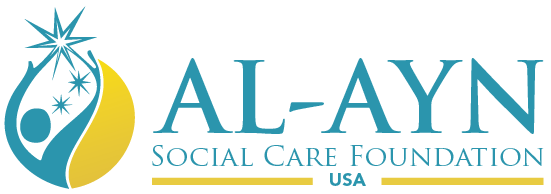 Donate
Donate
 Donate
Donate
Surplus
Deductions
Total amount subject to Khums $0
Khums Due $0
Sahm al Imam to be paid $0
Sahm al Sada to be paid $0
Holy Ramadan is blessed with fasting, giving and spiritual development. The World Population Review has cited that there are over 2 billion Muslims globally, that’s nearly 1 in 4 of the world’s population! The collective power of dua (prayer) during this time is immeasurable. In the name of Allah (swt), mercy will pour down on us all, and this is the best time to make a true impact on life changes, for us personally and for our fellow humankind in need.
Al-Ayn has made it its mission, not to just support the needy, but to stamp out poverty! So follow our step-by-step guide on how to give poverty the boot this majestic month.
Praying is powerful and talking to you Lord (swt) with sincerity can make miracles. Let your heart guide your supplications, advocating on behalf of the vulnerable.
Actions speak louder than words. It’s time to translate empathy into tangible support. According to Imam Ali ibn Abi Talib (a.s) if a poor man goes hungry, it’s because a rich person has denied him his share. So share your wealth and fulfill the rights of the needy and donate today.
Whether through volunteering, donations, or leveraging your talents, every act of generosity counts. Your unique abilities, be it creating content or baking, it all can be optimized to benefit those less fortunate. So join Al-Ayn’s multifaceted programs that can transform your talents into beating poverty.
Fulfill your religious obligations by contributing to zakat al-fitra/fitrana, fidya, and kaffara. Al-Ayn holds a special ijaza of Khums directly approved by Al-Sayyid Al-Sistani, ensuring your religious duties support those in need.
Utilize this blessed Ramadan’s spirit of compassion to raise awareness and educate your local religious centers about sustainable solutions to combat poverty. On these magnanimous nights that fill our hearts with love, take action and be the force of change through Al-Ayn! Join our cause for a better world for all. https://www.al-ayn.org/ramadan-2024/